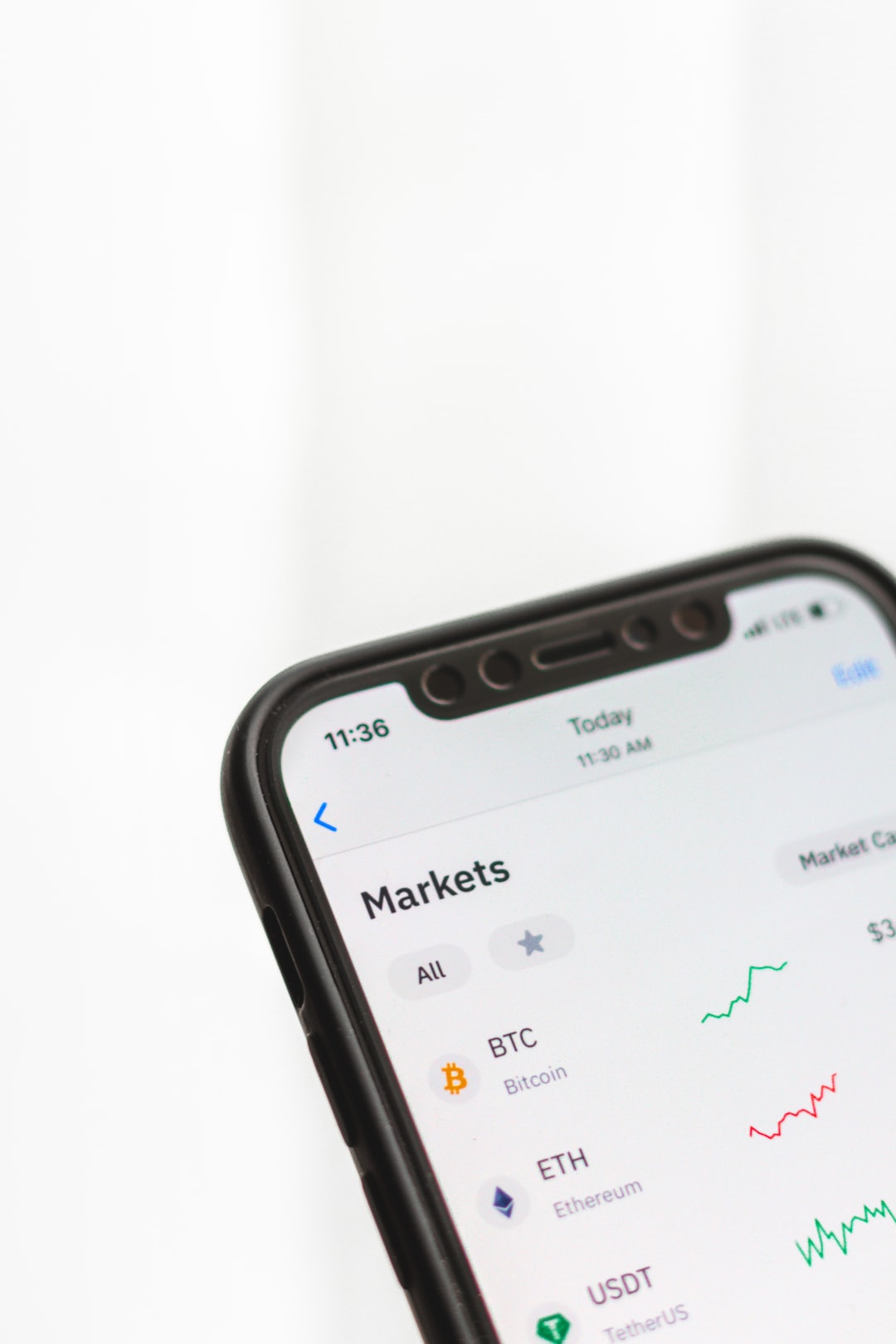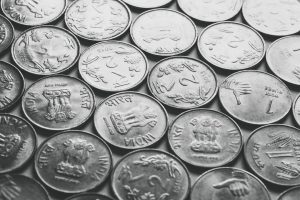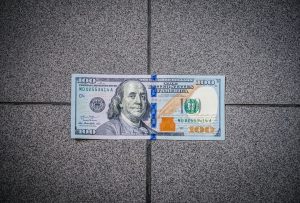Forex, also known as foreign exchange or currency trading, is a decentralized global market where currencies are traded. The forex market is the largest financial market in the world, with an average daily trading volume of over $5 trillion. Despite its popularity, the origins of forex are somewhat murky.
The concept of exchanging one currency for another has been around for centuries. In fact, the first recorded currency exchange occurred in ancient Egypt, where grain was used as a medium of exchange. However, forex trading as we know it today began to take shape in the early 1970s.
Prior to the 1970s, most countries had a fixed exchange rate system. This meant that the value of a country’s currency was fixed to the value of another currency, typically the US dollar. The US dollar was chosen as the benchmark currency because it was the dominant currency in the world at the time, and many countries held large reserves of US dollars.
However, the fixed exchange rate system began to unravel in the 1960s. The US was running a trade deficit and had to finance the Vietnam War. This led to a massive outflow of US dollars, which put pressure on the fixed exchange rate system. In 1971, President Nixon announced that the US would no longer convert dollars into gold, effectively ending the Bretton Woods system.
The end of Bretton Woods marked the beginning of the modern forex market. Without a fixed exchange rate system, currencies were free to float and their values were determined by supply and demand. This created opportunities for traders to speculate on currency movements and profit from the fluctuations.
It’s difficult to pinpoint exactly who created forex, as it was a natural evolution of the global financial system. However, a number of individuals and organizations played a key role in shaping the forex market as we know it today.
One of the earliest pioneers of currency trading was Richard Donchian. In the 1940s, Donchian developed a trend-following system that used moving averages to identify buy and sell signals. This system, known as the Donchian Channel, is still used by traders today.
Another influential figure in the early days of forex trading was George Soros. Soros is known for his famous bet against the British pound in 1992, which earned him over $1 billion in profits. Soros is also credited with helping to bring down the fixed exchange rate system by speculating on the value of currencies.
The rise of electronic trading platforms in the 1990s also played a significant role in the development of forex. These platforms allowed traders to access the market from anywhere in the world and trade at any time. They also enabled the use of complex trading algorithms and automated trading systems.
Today, the forex market is dominated by major banks and financial institutions, who account for the majority of trading volume. However, individual traders and retail investors also play a significant role in the market. The widespread availability of online trading platforms has made it easier than ever for anyone to participate in forex trading.
In conclusion, while it’s difficult to pinpoint exactly who created forex, it’s clear that it was a natural evolution of the global financial system. The end of the fixed exchange rate system in the 1970s paved the way for the modern forex market, which is now the largest financial market in the world. The contributions of individuals like Richard Donchian and George Soros, as well as the development of electronic trading platforms, have all played a role in shaping the forex market as we know it today.






